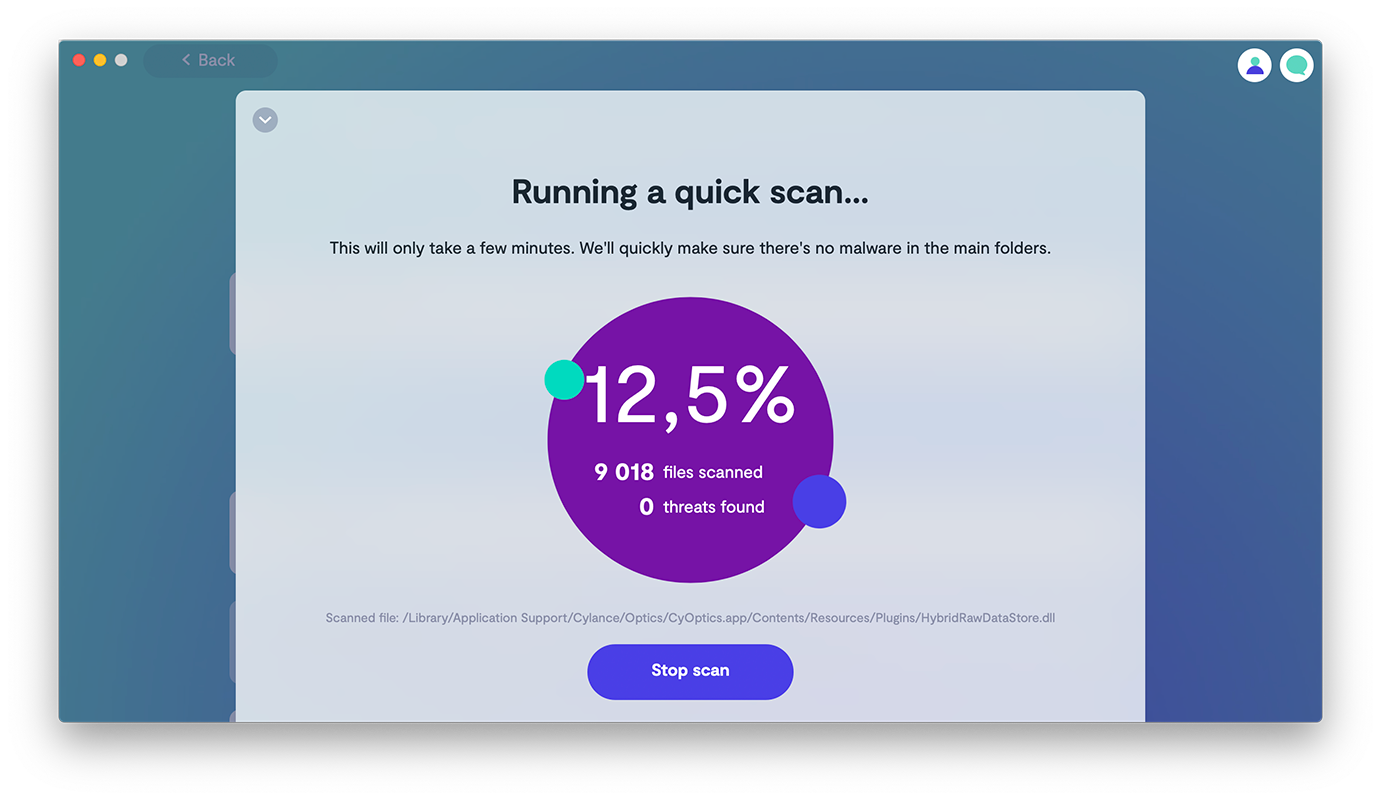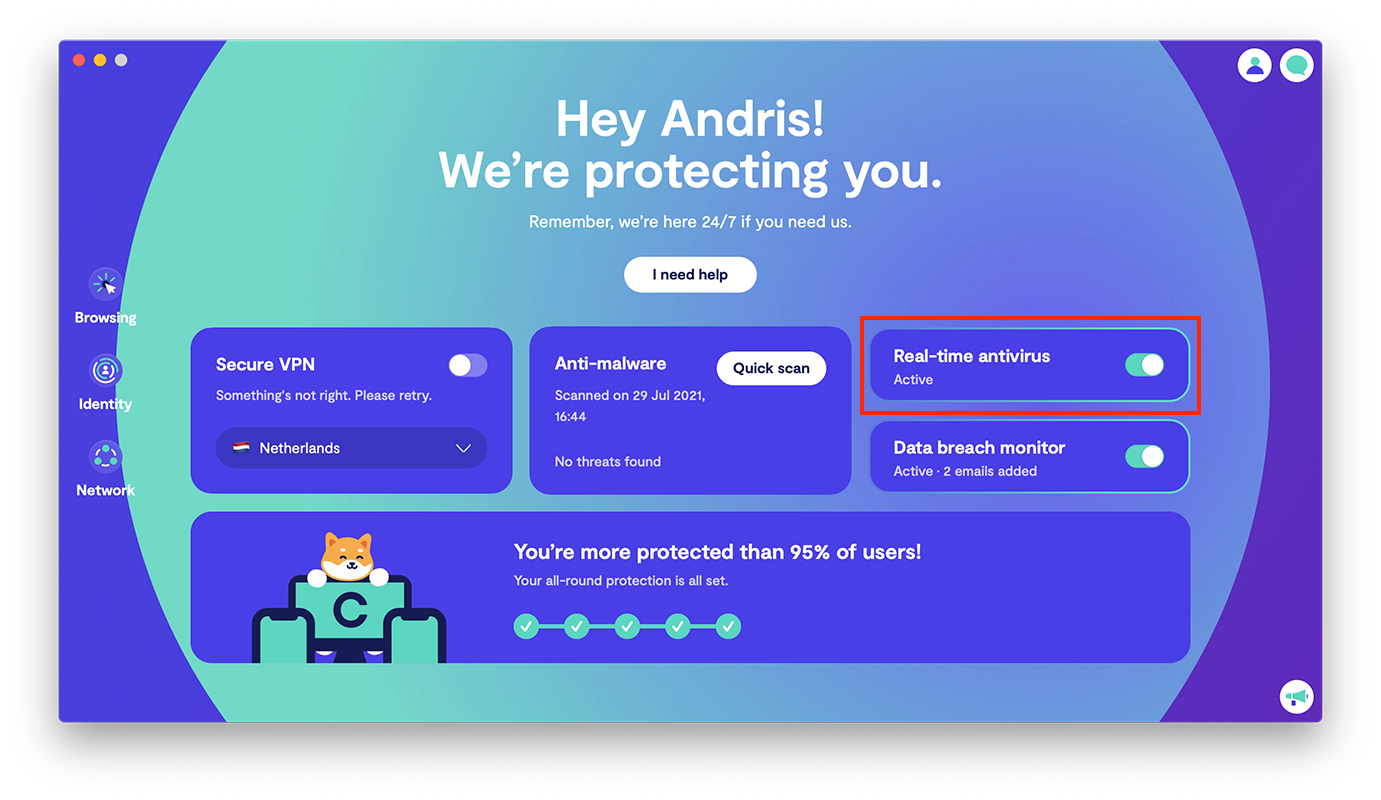A Comprehensive Guide On Dealing With Computer Worms
Table of contents
- What is a computer worm?
- How do computer worms spread?
- What kind of damage can computer worms do?
- What kinds of worms are out there?
- How can I tell if my computer has a worm?
- How to get rid of a computer worm?
- How to prevent computer worms from damaging you?
Computer worms have been around for a few decades now. They’ve continued to evolve over time, becoming ever more sophisticated and trickier to detect. While worms in computers don’t tend to attract as much media attention as other cyberthreats, they still pose a very real threat to you and your computer. For example, MyDoom — the most devastating malware to date — is, in fact, a computer worm. In 2004, it caused damage estimated at $38 billion.
If you’re curious to find out what computer worms are and how you can fight them, then you’ve come to the right place.
Pro tip: No computer is immune to malware. Luckily, Clario is here to provide you with a worry-free digital experience. It’s a multi-platform problem-fixer that goes beyond anti-malware, protecting your entire digital life through a single app combining real-time antivirus protection, unlimited VPN, and an advanced ad blocker. Go ahead with Clario and keep your devices malware-free.
What is a computer worm?
Computer worms are a subset of Trojan malware, capable of spreading multiple copies of themselves across a network or via an internet connection. These copies then go on to attack any unprotected computers connected to the initially infected device — meaning worms can propagate across the web at breakneck speed.
You might recall the infamous NotPetya worm that wrought havoc across the EU in 2017. It spread throughout multiple systems, taking advantage of vulnerabilities in the Windows code. Microsoft patched those vulnerabilities long before 2017, but we all know how people hate to update their operating systems... There have been lots of other worms throughout history — and many new threats are active now.
How do computer worms spread?
There are several different ways computer worms can infect your computer. These include unpatched security loopholes in your operating system, booby-trapped email attachments, or links to worm-infested websites (ew!).
There are other popular infection methods:
- External devices (such as USBs)
- IM networks and IRC software (various messengers like Skype, WhatsApp, or Facebook Messenger)
- Peer-to-peer (P2P) file-sharing or torrent files, and more
For example, Stuxnet, the worm created by the US and Israeli intelligence services to derail the Iranian nuclear program was delivered on-site via a USB stick. It was done this way because the Natanz research facility has no internet access.
Unlike viruses, which need to inject a working application with malicious code, worms only need to gain access to a computer; they can propagate on their own after that. What kind of damage can computer worms do then?
What kind of damage can computer worms do?
Unlike viruses, which do immediate damage, worms are fairly harmless on their own and will just slow down your computer in most cases. Their biggest threat is that they come with a malicious payload — code designed to make your computer prone to other forms of malware. This can lead to your device becoming part of a botnet, losing sensitive information such as your passwords or banking information, or suffering from other kinds of online attacks.
What kinds of worms are out there?
There are various types of computer worms capable of affecting your computer in different ways. Below we list the most common examples.
- Email worms. Most worms hide in email attachments and are only activated once you open the email. An ILOVEYOU worm is a well-known example.
- IM worms. This type of network worm spreads across instant messaging (IM) networks, including Facebook Messenger, Skype, and WhatsApp. It hides in message attachments, just like the previous one. Never click short messages like “That’s a must-see!” coming from a friend — more often than not, these are IM worms.
- Bot worms. A bot worm is specifically designed to transform your computer into a “bot” — a machine under external control. The ultimate goal here is to create an “army” of infected computers for spreading viruses, spam, and mass attacks to a victim’s servers or networks. The Conficker bot worm was huge news when it first emerged back in 2008.
- File-sharing worms. This type of worm spreads by copying itself into a shared folder that users then go on to download. It’s most often used to infiltrate corporate networks.
We’ve now covered the main ways that worms spread in a computer. But what are the infestation symptoms to look for?
How can I tell if my computer has a worm?
If you suspect your computer could be infected with a worm, look for one or more of the following signs:
- Your computer has started working slower than before and/or crashing often. Worms love to monopolize your device’s processing power.
- You’ve run out of storage space. Worms eat up a whole lot of space on your computer’s hard drive by continually replicating themselves.
- You’re seeing strange activity on your computer. This includes files and documents continually appearing and disappearing.
A worm might make its presence known through some of these telltale signs. However, it’s important to remember that even if your computer seems to be running perfectly, you still need to check for worms and other types of malware on a regular basis.
How to get rid of a computer worm?
Unfortunately, there’s no universal remedy. But if you do suspect a worm infestation on your device — or you just want to be careful — there are a few steps you should take. And by the way, since Macs aren’t immune to these “parasites” either, you can also use these tips to protect your Apple device:
- Disconnect your device from the internet. This will stop the worm from spreading any further. It will also prevent any malicious software the worm may have introduced onto your computer from doing further damage.
- Use an anti-malware program to seek out and eliminate computer worms. For example, to successfully detect and remove worms from your Mac, feel free to use Clario’s powerful antivirus tool. By the way, it’s extremely easy:
- Install Clario
- Create your Clario account

- Scan your device for worms and other types of malware

- Switch on real-time antivirus protection to keep any malware at bay 24/7

In some cases, not even the best antivirus will be able to remove the infected files. In these rare instances, reinstalling your operating system (or even more serious measures, like flashing your hardware to delete and reinstall the firmware) may be the only solution. The important thing is to remove the worm once and for all. If you don’t, both your computer and personal information could be continually compromised.
How to prevent computer worms from damaging you?
While solutions to a worm infection exist, the best thing to do is take steps in order to avoid a fallout in the first place. Firstly, remain vigilant for early warning signs of a worm infection (we’ve covered those above). Next:
- Update your OS and apps in time. Remember, worms need to take advantage of security loopholes before they can spread across networks. For example, one of Microsoft’s security updates from 2020 closed 87 wormable vulnerabilities in Windows. Have you installed it yet?
- Enable the firewalls on your computer. Firewalls can help block malicious software and keep worms from infecting your computer. It’s easy to enable a firewall — just follow instructions specific to your OS.
- Avoid email spam, suspicious websites, and other online scams. Avoid clicking on unknown or unverified links and email attachments. Also, we recommend not downloading software from potentially unsafe websites or P2P file-sharing networks.
- Use reliable cybersecurity software. For example, Clario makes it easy to detect and remove computer worms and other malware. Besides, the app will give you personalized recommendations on your online behavior and grant you unlimited access to 600 cybersecurity experts.


